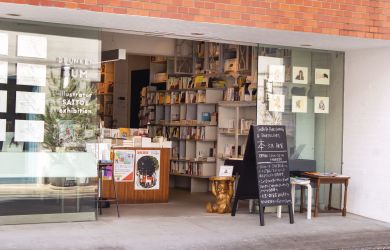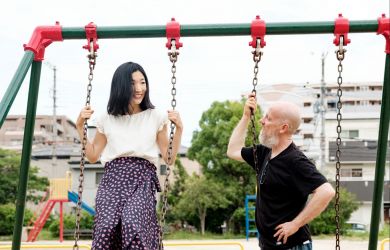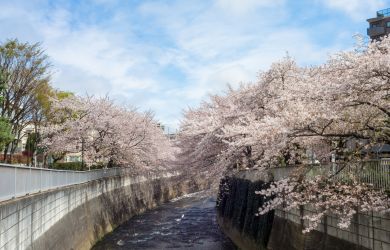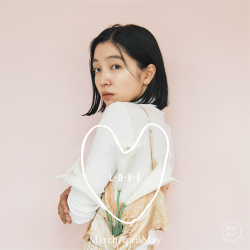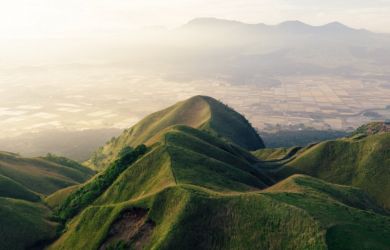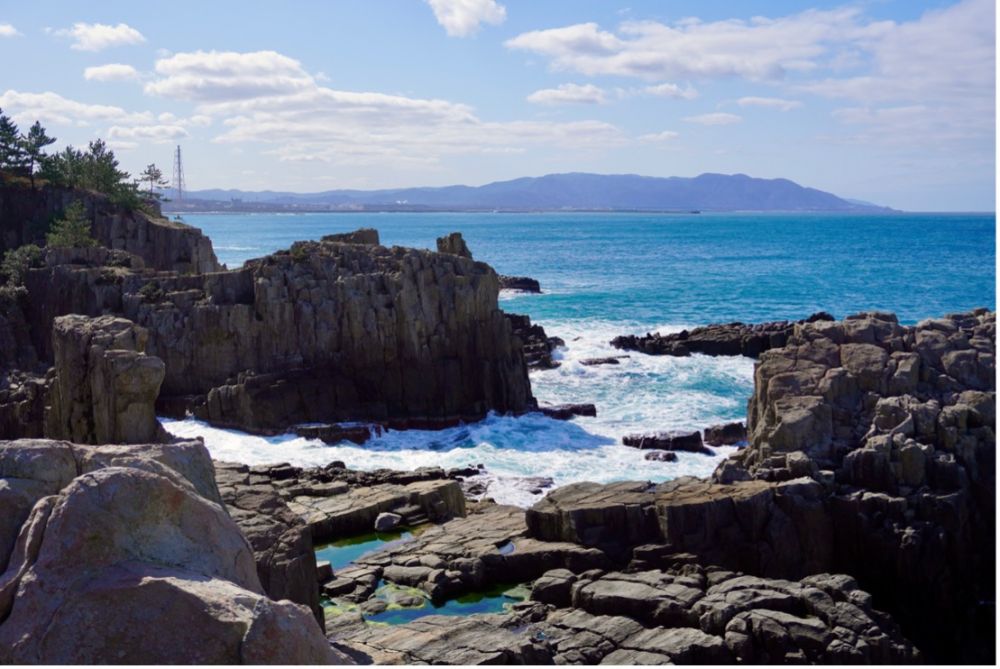
April 3, 2024
Mikuni Minato: A Peaceful Port Town Away from the Crowds
Blow off steam like a wealthy Edo merchant
Japan’s famous tourist destinations like Kyoto and Tokyo may have their initial appeal, but after a few visits to crowded temples, the smaller towns and paths that sprawl into the unknown start to beckon. The newly expanded shinkansen route connecting Tokyo to Kanazawa in Fukui Prefecture makes it even easier to discover these new places. Places like Mikuni Minato.
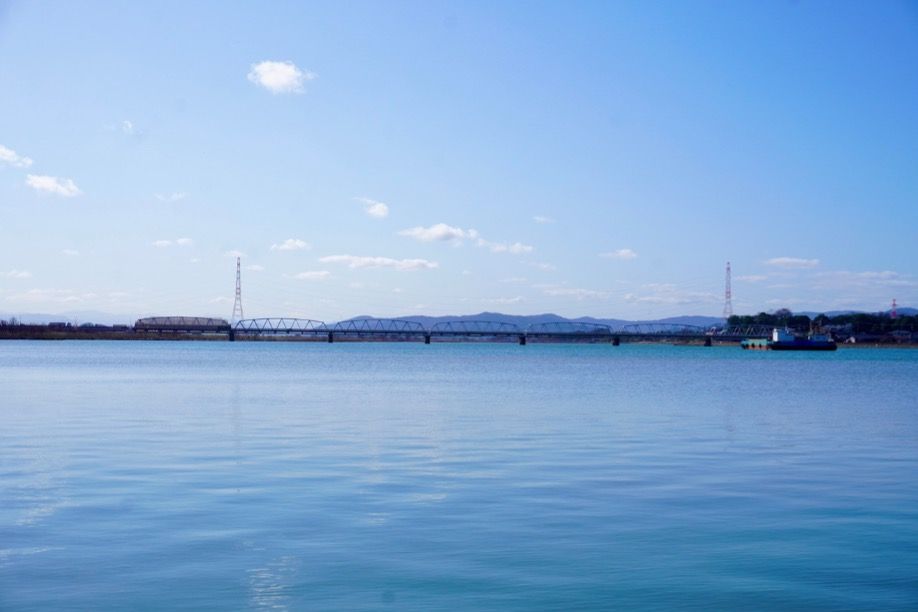
Kuzuryu River
Mikuni Minato is a small port town in western Japan on the coast of Fukui Prefecture. It is a quiet area that borders the Kuzuryu River, devoid of the high-rise buildings and mass of chain stores that you find in the country’s urban centers.
In their place are traditional houses, restaurants and cafes in repurposed historic buildings and family-run saka manju (steamed buns made with sake lees) shops. All are within walking distance of each other.
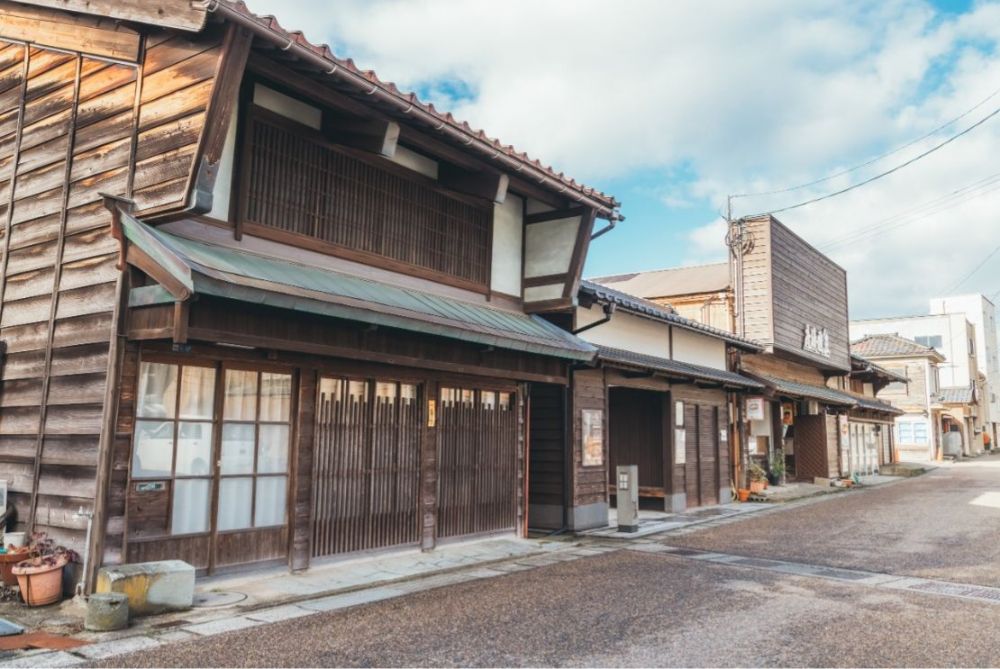
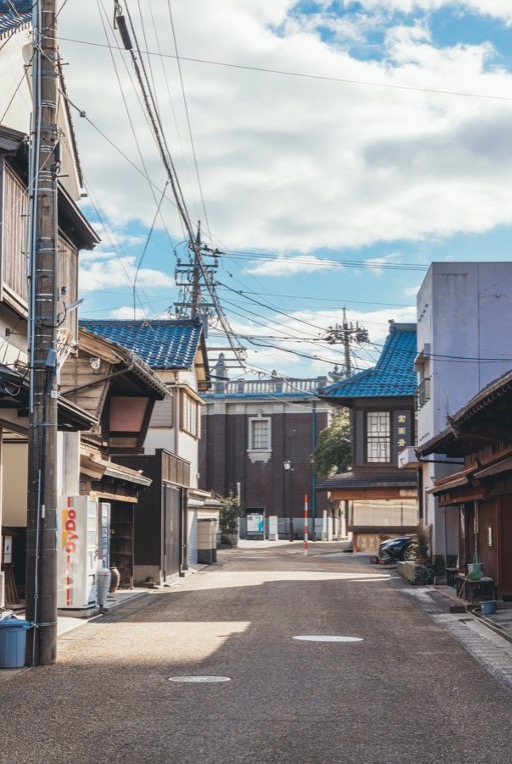
But the area wasn’t always a quiet space for the offbeat traveler. Once an important part of Japan’s most famous marine trade route: the Kitamae-bune, it was once a place of wealth and luxury.
The Kitamae-bune were ships that traveled between Osaka and Hokkaido, stopping at various ports along the way, including Mikuni Minato.
One of their iconic exports was shakudani ishi, a desirable type of stone sourced from Fukui’s Mt. Asuwa. By the mid-Edo Period (1603-1868), the town started truly making a name for itself bringing wealth to its resident merchants.
You can still see elements of the merchants’ pride and their former wealth through the town’s decorative use of the shakudani ishi stone and their signature architectural style called kagura date.
The stone is especially distinct in the rain when its color shifts to a muted turquoise. The building style, on the other hand, is a bit more discreet to an untrained eye but it is marked by the awning underneath the rooftop. While some traditional buildings around Japan have awnings as well, the kagura date is closer to the rooftop giving it a layered look.
If you’re interested in Japanese history check out our articles Edo Period Sustainability and Edo Dining Culture.
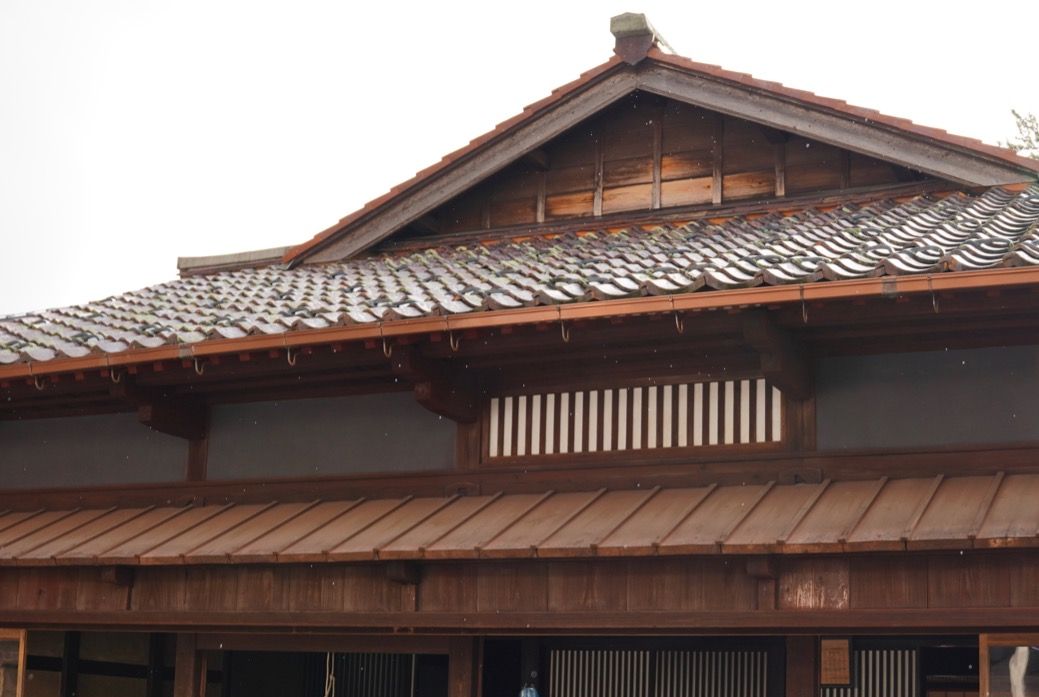
Look out for the kagura date rooftops that peek out from the regular roofing
Staying in a renovated traditional residence is a great way to take your exploration a step further. In what feels like a mini-revival of their former wealth, the new Auberge Homachi Mikuniminato accommodation has recently transformed a few residences into stunning townhouse accommodations.
They are distinguishable on the outside only by their blue noren (entrance curtains) and a bonsai on the porch. Staying at one of these homes immerses you in a historic atmosphere while offering modern comforts – like the heating that you will certainly need during a winter visit.
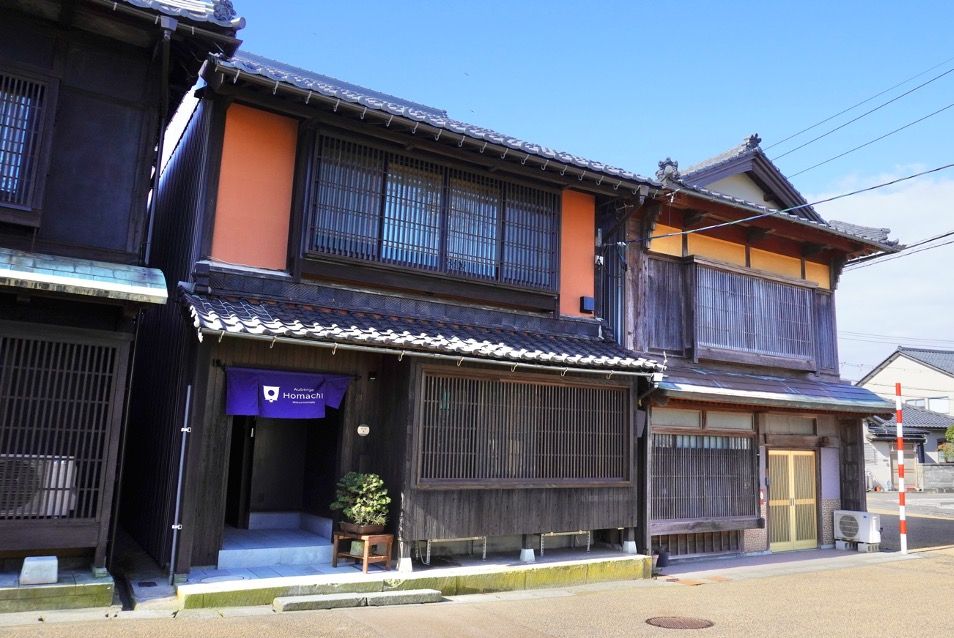
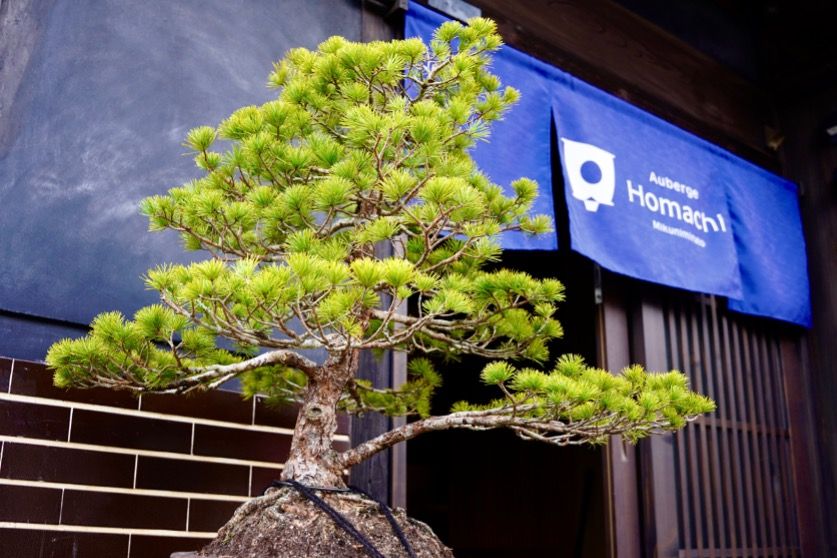
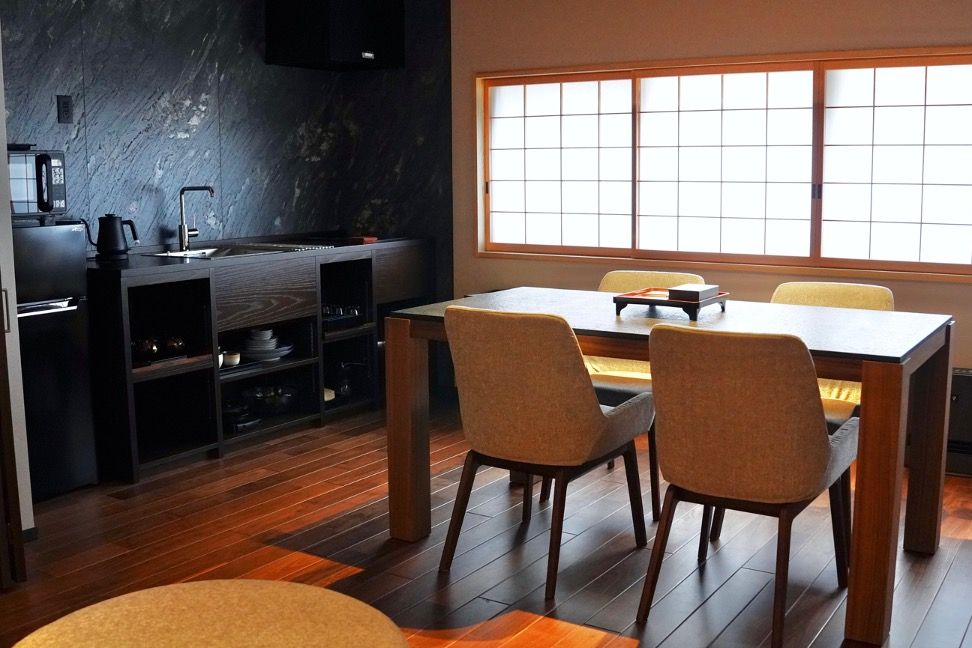
On my recent trip there I was glad to see that these new hotel residences blend in. Rather than intruding on the town’s landscape with a cement block hotel, they preserve what was already there. The town felt more accessible and untouched, encouraging me to explore my immediate surroundings.
Walking around the town, you’ll find plenty of other examples of kagura date rooftops and occasional nods to its seafaring past.
But some spots have more nods than others. For example, walking around the antique shop Kondo Kobijutsu, or the Former Kishina Residence, you’ll find a literal treasure trove – or at least, the containers of treasures.
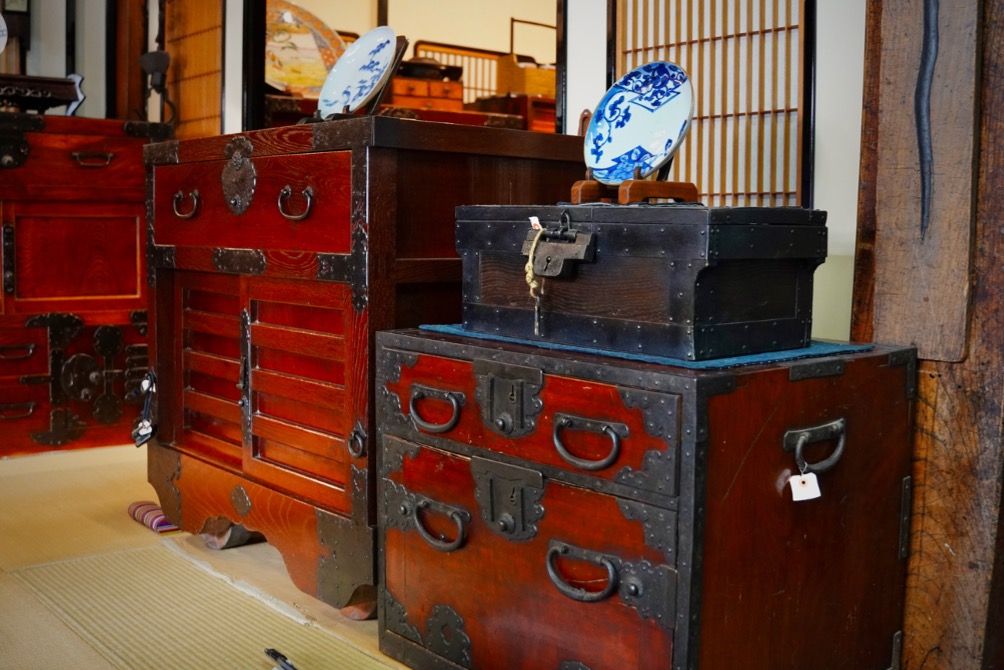
I’m referring to the tansu (chest of drawers) that were kept on the trade ships. They were made in a way that valuables could be hidden in boxes within boxes. Their special wood also expands in water to keep everything dry should it end up in the ocean. You’ll find plenty of these as well as other historic items throughout both spots.
More hands-on activities include workshops or crafting experiences that you can find around the town.
You can make your own lantern at Itoya, a local company that has been operating for around 80 years. It’s also one of the only places that still uses traditional bamboo instead of metal wiring. The two-hour experience lands you a small decorative lantern of your own design to take home.
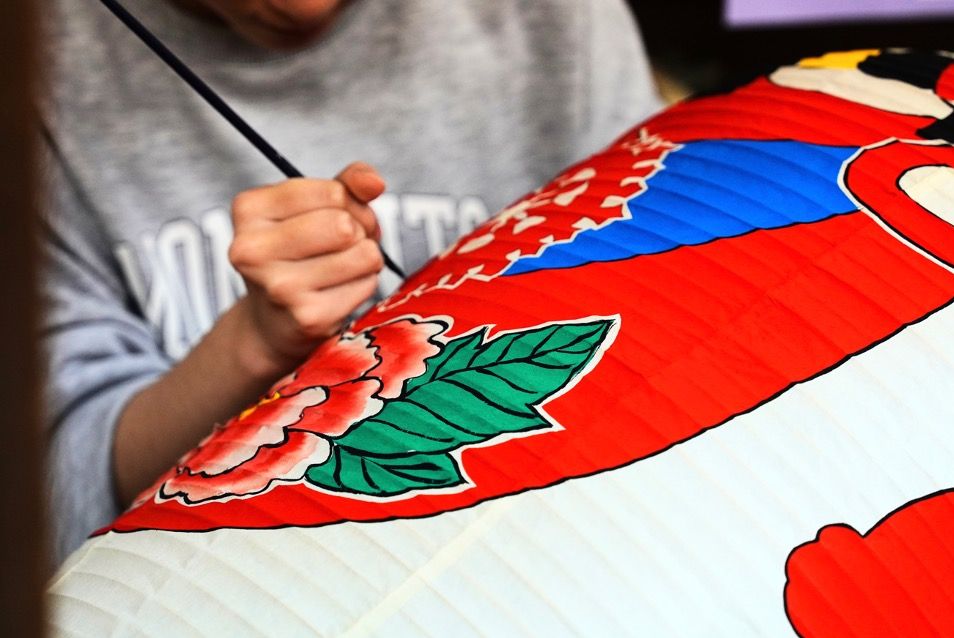
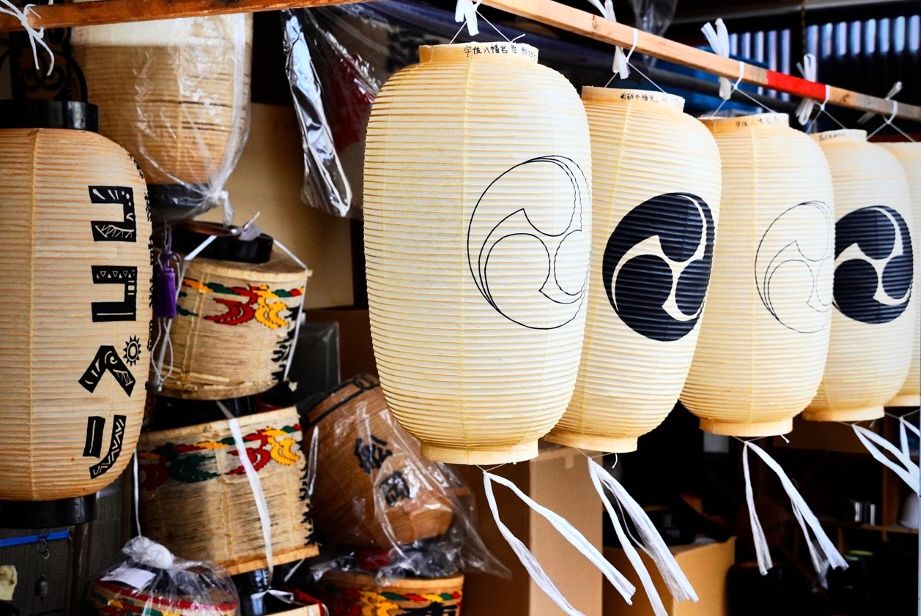
You can see the experts at work at Itoya
After immersing yourself in small-town life, finish the evening with a bite to eat or a hot sake. The historic Uoshiro is a restaurant that was once a geisha house and later a “salon” that served meals to both businessmen and geisha. Now, rather than a place of exclusivity, it is a place where everyone is welcome, allowing you to taste some of the area’s local specialties.
I tried the Amaebi Gozen, which features local amaebi (sweet shrimp) as the spotlight ingredient. It is usually served raw or as tempura along with small side dishes.
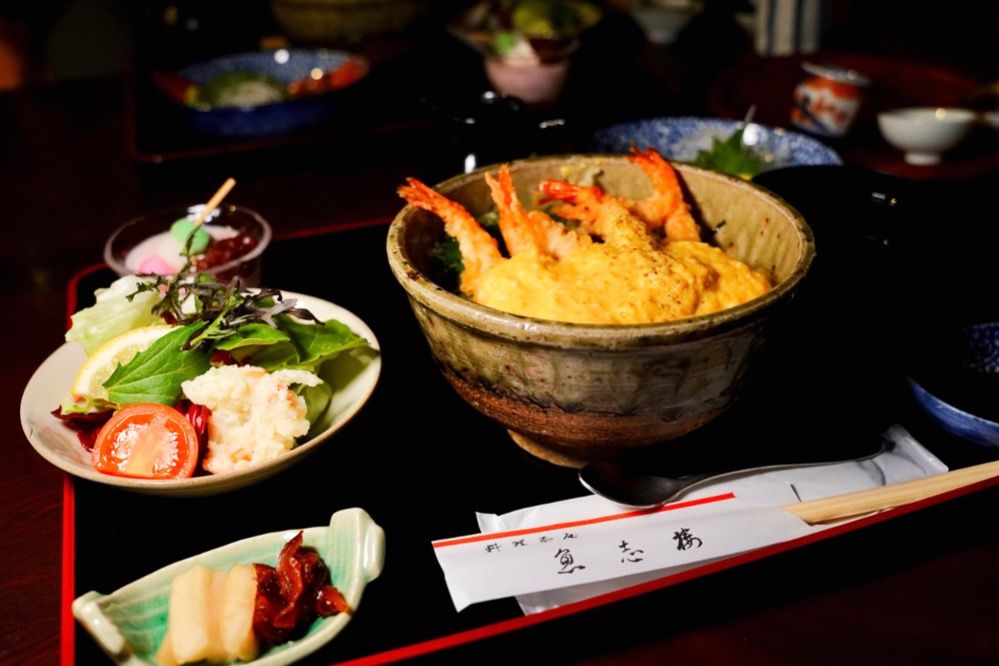
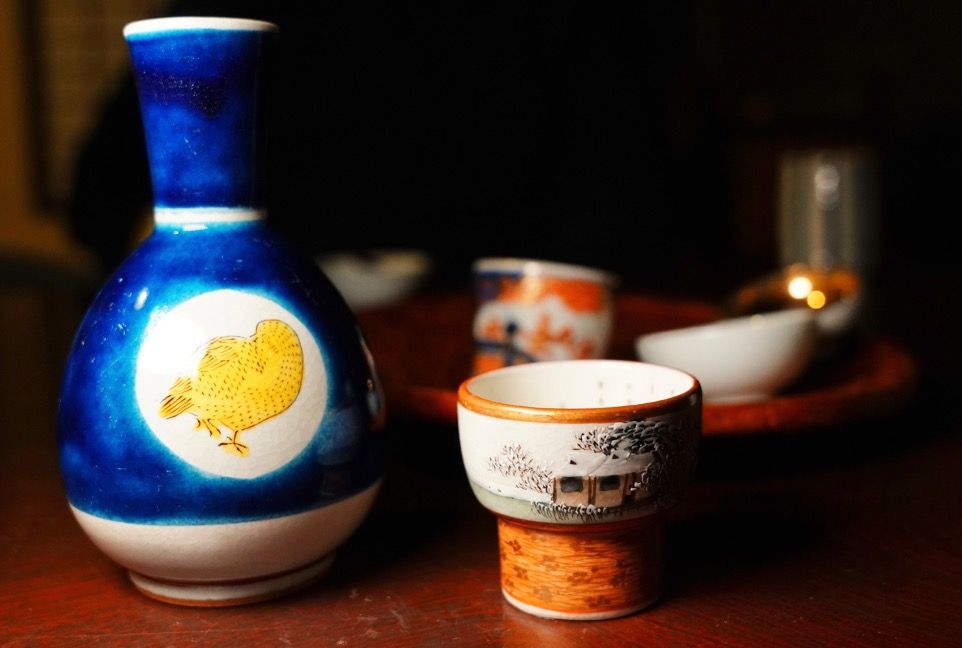
Wakasa wagyu with local vegetables
For staying guests, the Auberge Homachi Mikuniminato also has a restaurant, Tateru Yoshino Mikuniminato. Named after its esteemed chef, the eatery serves local specialties in a French style for both breakfast and dinner. My dinner consisted of a pre-set course with a wine pairing, featuring local seasonal specialties like Echizen crab and Wakasa wagyu.
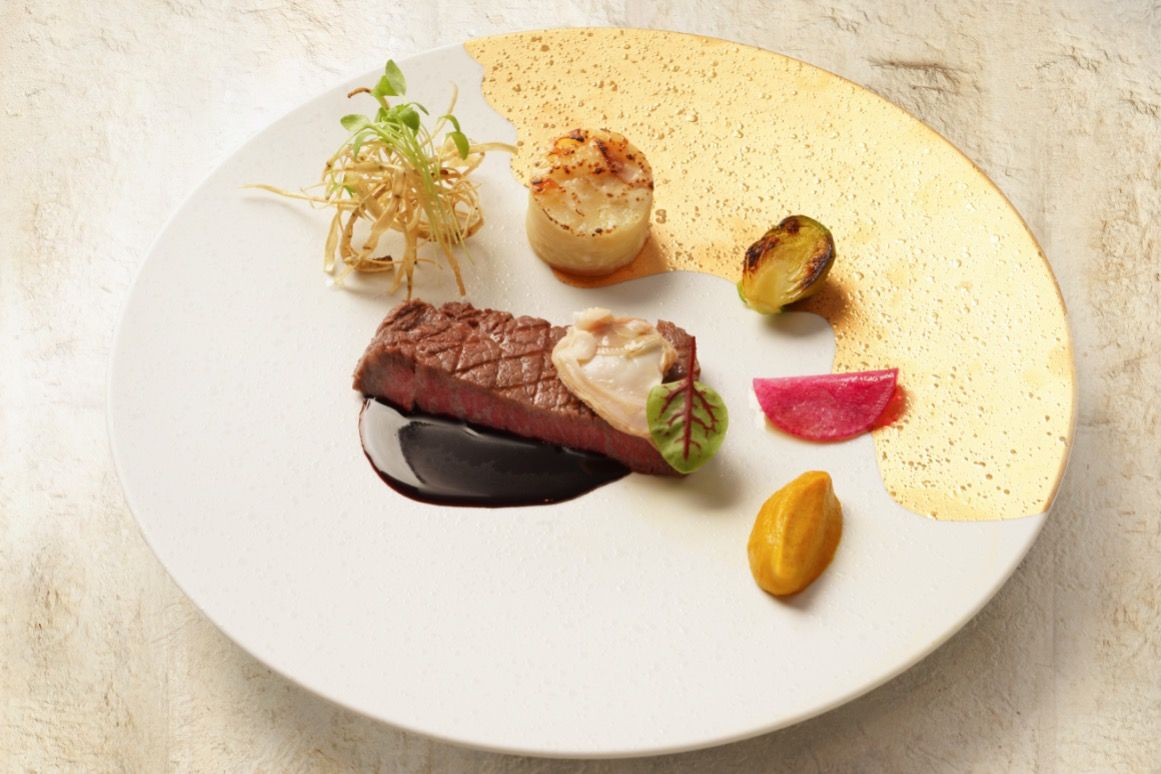
While Mikuni Minato makes for a peaceful town stay, extending your stay allows you to explore more of Fukui Prefecture.
The nearest side trip destination is Tojinbo, a natural cliff face overlooking the Sea of Japan. Further afield, you’ll find the likes of Eiheiji Temple, Heisenji Hakusan Shrine, and even Takefu Knife Village. The knife village is one of the few places in Japan where you can witness the craft of Japanese knife-making firsthand. If you have six hours to spare you can make your very own.
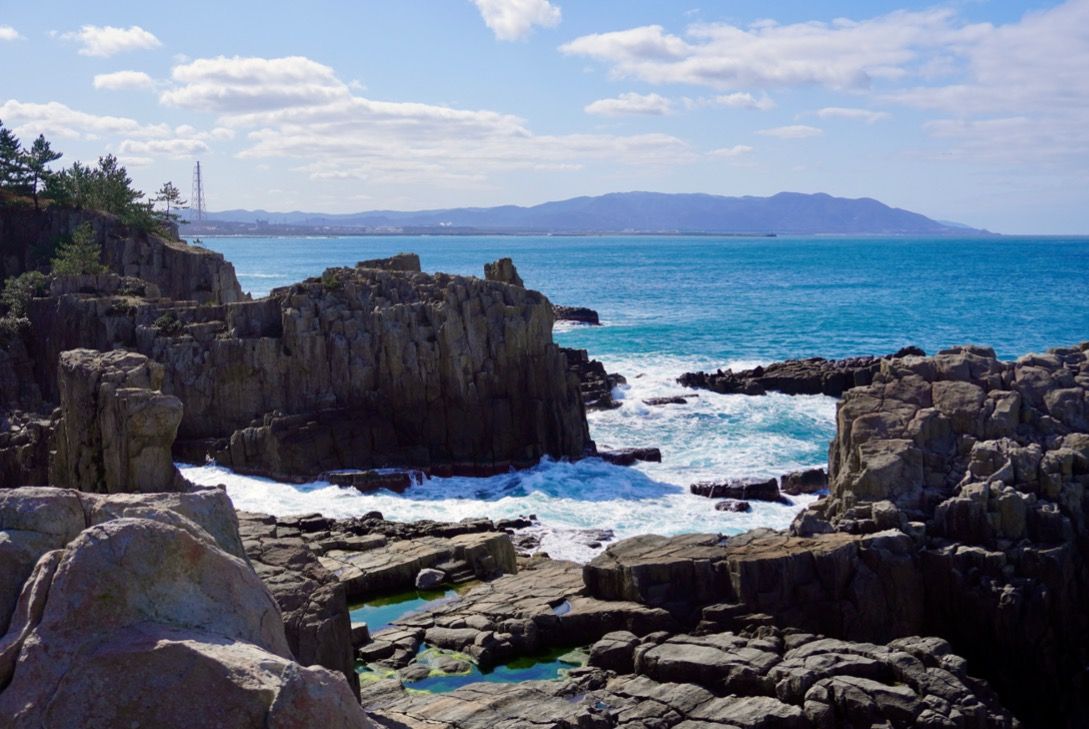
Mikuni Minato is the furthest thing from a typical tourist attraction. But at the same time, its history as a once-thriving port town gives it a character you can’t find elsewhere. It doesn’t shout about its novelties, but sometimes, that respite from the crowded chaos is just what we need.
Check out our travel page for more travel guides!
